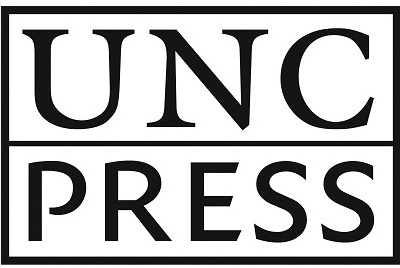After the passage of sweeping civil rights and voting rights
legislation in 1964 and 1965, the civil rights movement stood
poised to build on considerable momentum. In a famous speech at
Howard University in 1965, President Lyndon B. Johnson declared
that victory in the next battle for civil rights would be measured
in "equal results" rather than equal rights and opportunities. It
seemed that for a brief moment the White House and champions of
racial equality shared the same objectives and priorities. Finding
common ground proved elusive, however, in a climate of growing
social and political unrest marked by urban riots, the Vietnam War,
and resurgent conservatism.
Examining grassroots movements and organizations and their
complicated relationships with the federal government and state
authorities between 1965 and 1968, David C. Carter takes readers
through the inner workings of local civil rights coalitions as they
tried to maintain strength within their organizations while facing
both overt and subtle opposition from state and federal officials.
He also highlights internal debates and divisions within the White
House and the executive branch, demonstrating that the federal
government's relationship to the movement and its major goals was
never as clear-cut as the president's progressive rhetoric
suggested.
Carter reveals the complex and often tense relationships between
the Johnson administration and activist groups advocating further
social change, and he extends the traditional timeline of the civil
rights movement beyond the passage of the Voting Rights Act.

